The global duty-free landscape is undergoing a seismic shift, one that reflects broader changes in consumer behavior, economic trends, and the evolving priorities of international travelers. For decades, cosmetics and perfumes dominated airport retail spaces, their compact sizes and universal appeal making them ideal for last-minute purchases. However, a new era has dawned: luxury goods are rapidly displacing beauty products as the cornerstone of duty-free shopping.
Walk through any major international hub today, and the transformation is palpable. Chanel handbags gleam under spotlights where Estée Lauder counters once stood. Rolex boutiques have expanded into spaces previously occupied by Lancôme. This isn't merely about product rotation - it represents a fundamental recalibration of what travelers value when they're between borders.
The pandemic served as an unexpected catalyst for this shift. With international travel grinding to a halt in 2020-2021, airport retailers had unprecedented time to reassess their strategies. They noticed several converging trends: the explosive growth of luxury markets in Asia, changing spending patterns among younger travelers, and the increasing importance of "retailtainment" - shopping as an experiential activity rather than a transactional one.
Luxury brands were quicker than beauty companies to adapt to these new realities. Recognizing that today's travelers want Instagrammable moments as much as they want products, brands like Gucci and Prada began designing airport stores as miniature versions of their flagship locations. The result? Spaces that feel less like transactional kiosks and more like exclusive boutiques - complete with limited-edition travel exclusives that can't be purchased elsewhere.
Demographics play a crucial role in this transformation. Millennial and Gen Z travelers approach shopping differently than their parents did. Where previous generations might have prioritized practical purchases like perfumes or skincare sets, younger travelers view luxury items as investments. A $3,000 handbag purchased tax-free holds its value better than $300 worth of cosmetics - a calculation that's particularly appealing to travelers from countries with high import duties on luxury goods.
The economics of airport retail have changed dramatically as well. Airport operators, recognizing that luxury goods generate higher revenue per square foot than cosmetics, have been actively courting high-end brands. In some cases, they're offering incentives like lower rents or prime locations to attract prestigious labels. This creates a self-reinforcing cycle: as more luxury brands enter the space, the overall prestige of the shopping environment increases, making it even more attractive to other luxury players.
Digital integration represents another area where luxury brands have outpaced traditional duty-free staples. Many now offer seamless "reserve and collect" services that allow travelers to browse online before their flight, then try on and purchase items during their layover. Some even provide airport delivery services for bulky items. These conveniences, combined with the ability to avoid long customs lines by having purchases delivered directly to gates, make high-ticket items suddenly seem more practical to transport.
Regional variations in this trend reveal fascinating nuances. In Asian hubs like Singapore's Changi and Seoul's Incheon, luxury boutiques now occupy over 60% of premium retail space. European airports show slightly more balance, maintaining strong cosmetics offerings while expanding luxury sections. Middle Eastern hubs like Dubai have taken the concept furthest, with some terminals resembling high-end department stores more than traditional duty-free zones.
The implications extend beyond mere product selection. Airport designers are now creating lounges that flow naturally into luxury shopping areas, with subtle cues encouraging passengers to linger and explore. Concierge services help high-spending travelers navigate customs regulations for their purchases. Some airports even offer private shopping suites where VIP clients can view collections away from the crowds.
This shift hasn't been without its challenges. Luxury goods require more sophisticated inventory management than cosmetics - a $20,000 watch can't be replaced as easily as a $50 moisturizer. Security concerns have increased, with some airports installing discreet panic buttons in high-end boutiques. Staff training has become more intensive, as sales associates need extensive product knowledge to justify premium price points.
Looking ahead, the trajectory seems clear. As global wealth continues to concentrate and international travel rebounds post-pandemic, airports will increasingly position themselves as luxury destinations rather than mere transit points. The next frontier? Exclusive collaborations between luxury brands and airports, with products designed specifically for the travel retail channel. Early examples include Louis Vuitton's travel-themed collections and Rimowa's airport-exclusive luggage colors.
For cosmetics brands, the story isn't necessarily one of decline but of evolution. Many are shifting their airport strategy to focus on high-end skincare devices and premium collections that can command similar price points to entry-level luxury items. The race is on to create products that offer the same sense of occasion and exclusivity that a luxury handbag or watch provides.
Ultimately, this retail transformation mirrors broader societal shifts. In an age where experiences trump possessions for many consumers, purchasing a luxury item during travel combines both - it's both a tangible good and a memento of a journey. As one industry analyst noted, "The modern traveler doesn't just want to buy something at the airport. They want to buy into a story." And right now, no one tells a more compelling story than the world's great luxury houses.

By Elizabeth Taylor/Apr 11, 2025

By Christopher Harris/Apr 11, 2025

By William Miller/Apr 11, 2025
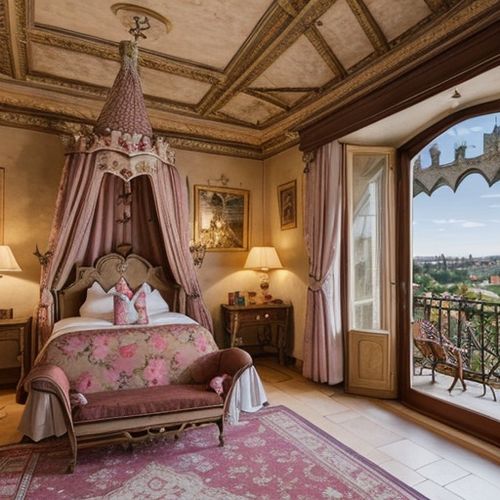
By Rebecca Stewart/Apr 11, 2025
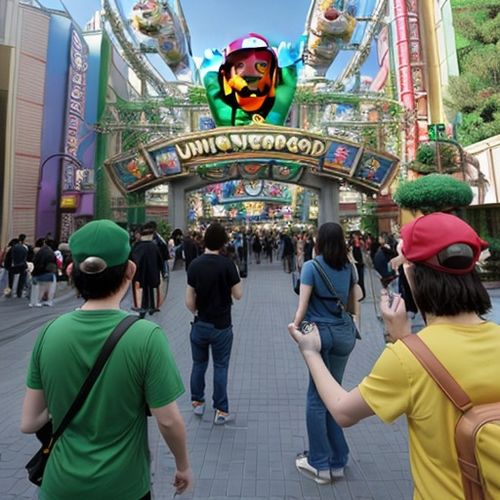
By Megan Clark/Apr 11, 2025

By Grace Cox/Apr 11, 2025

By Benjamin Evans/Apr 11, 2025
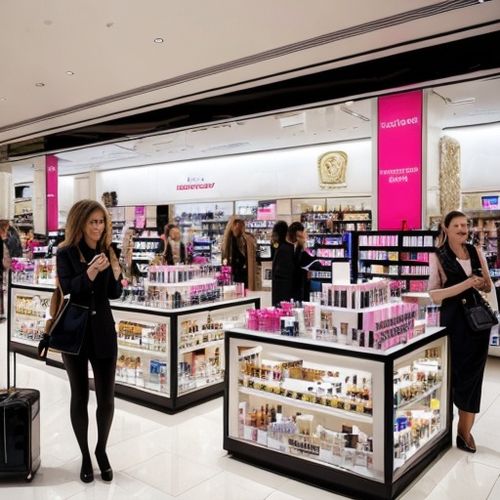
By Victoria Gonzalez/Apr 11, 2025
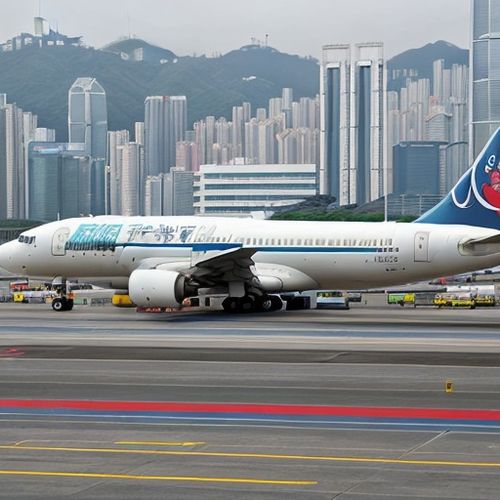
By Thomas Roberts/Apr 11, 2025

By James Moore/Apr 11, 2025

By George Bailey/Apr 11, 2025
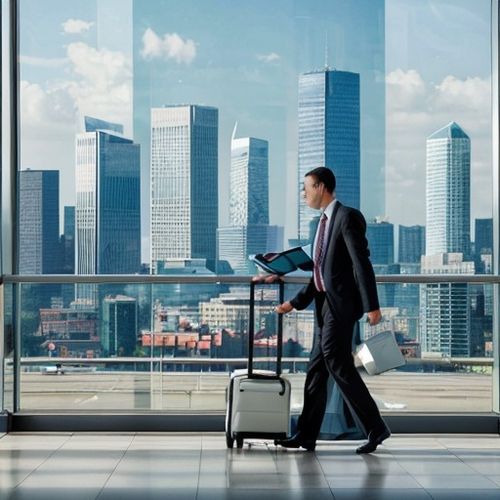
By Lily Simpson/Apr 11, 2025

By Megan Clark/Apr 11, 2025
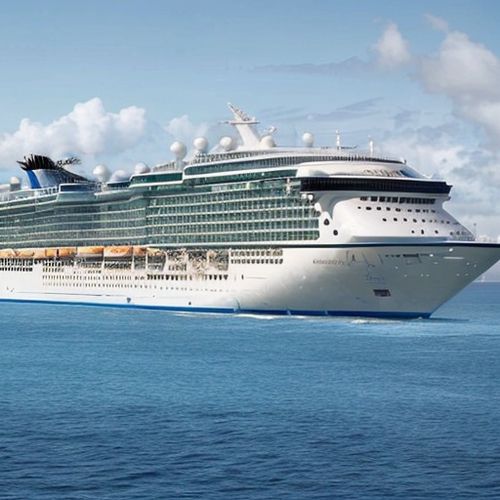
By Jessica Lee/Apr 11, 2025

By Olivia Reed/Apr 11, 2025
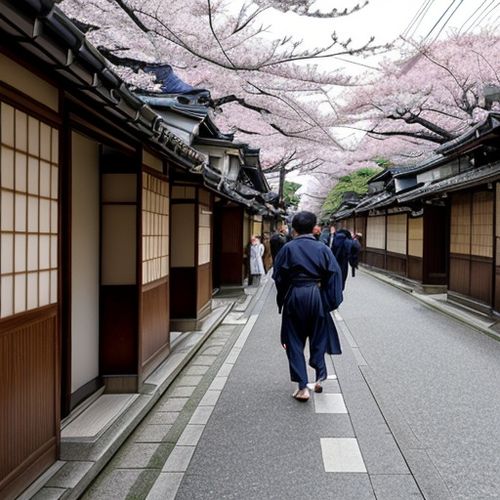
By George Bailey/Apr 11, 2025

By Emily Johnson/Apr 11, 2025

By Victoria Gonzalez/Apr 11, 2025

By William Miller/Apr 11, 2025
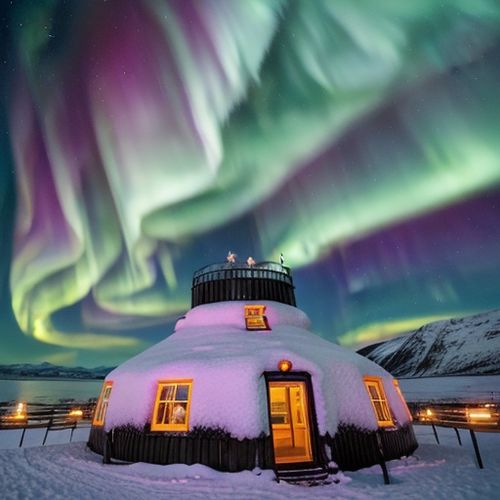
By Grace Cox/Apr 11, 2025